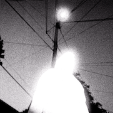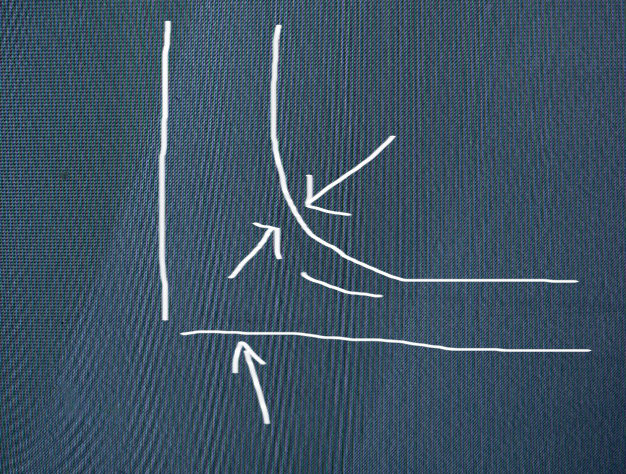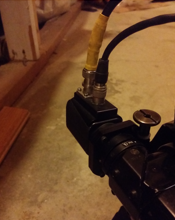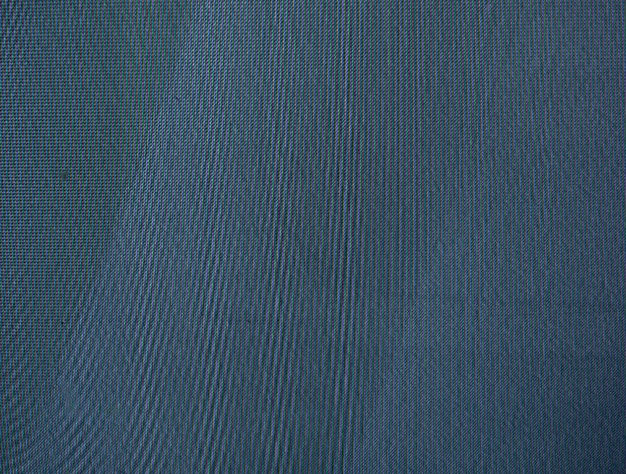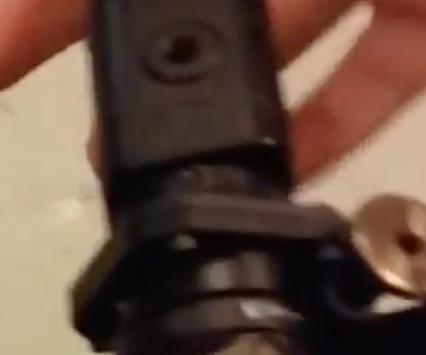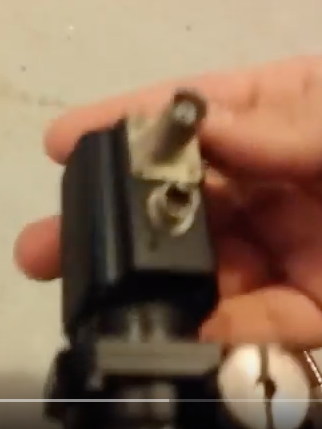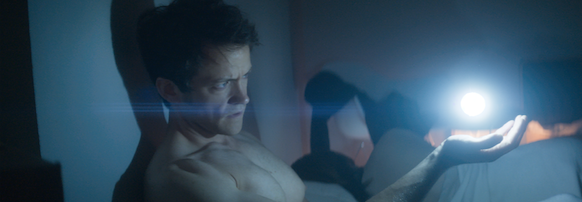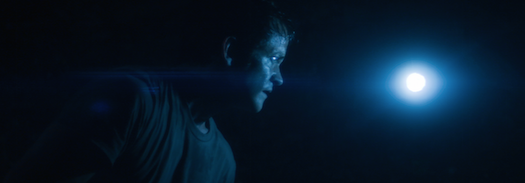-
Posts
15 -
Joined
-
Last visited
Profile Information
-
Occupation
Cinematographer
-
Location
Los Angeles
Contact Methods
-
Website URL
http://www.haydenmason.com
Recent Profile Visitors
4,738 profile views
-
Selling my pride and joy. I upgraded cameras and need to part with this one. I'm just going to copy and paste the ebay description and a link. Included: -Arri SR2 with super 16 modification -Gold mount piggy-back adapter with working D tap -3x Batteries -4x mags -Side handle (not working) -1x Dual Charger -Power/ misc cables -Arri T Bar -electric eyepiece warmer -Cinematography Electronics SR speed controller. 2-75 fps -extra fuse -start/stop cable -niner splitter box Please see listing for more details and photos https://www.ebay.com/itm/Arri-SR2-Super-16mm-Camera-Package-Fully-Functional/223314481085
-
Sold
-
Not exactly cinema level gear but I figured I would list here anyways. Selling a set of EF Leica R lenses I've had for a few years and never use anymore. They're great little lenses (sharp but still have character/creamy out of focus areas) but things are all PL these days. All Duclos modded and matched, declicked, ect. All are EF mount so great for any doc red/alexa shooters who want something small and simple. 77mm front threads so they work with photo filters. (I've got promist 1/4, soft fx 2, lowcon, variable ND, Pola I'd be willing to part with as well) Set includes a 19mm 2.8, 24mm 2.8, 35mm 2, 50mm 2 See the ebay listing below https://www.ebay.com/itm/LEICA-R-lens-set-EOS-DUCLOS-cine-mod-Late-Serials-19mm-24mm-35mm-50mm/332518855882 It's hard to find pricing info on a set this small but cost is based on the cost to rebuild the set. Open to negotiating of course.
-
Hi Martin, Any chance this is still around? Thanks!
-
Thanks Dom! Excellent info. I've discovered the name of the tap: Black Widow...anyone have any experience? Apparently it covers S16 Oh yea this would definatley be for stedicam use, or for directors/clients who demand to see picture on set (until they inevitably get tired of looking at it) Definatley a non essential component but useful in some situations none the less. Nothing I would pay a fortune for. I appreciate it guys!
-
-
So, I'm attaching a bit of a clearer image of the tap and a couple of images of the monitor with the tap turned on. The seller didn't have a lens so it is a bit hard to make out the frame guides from the ground glass but I have done my best to highlight them here. There seems to be a bit of distance between the marks for 4:3 and the edge of frame. I'm not sure if this helps. Thanks again for any help guys! I definitely appreciate it and my apologies for my ignorance.
-
Thanks Gregg! Yea I have done my best to get any info, but according to the seller there is no writing on the unit. He thinks it is Arri, but google turned up nothing. I will do my best to get an image on the monitor all hooked up and operational. Thanks for the info sir.
-
-
Hey guys, So I've recently purchased an old SR2 modded to shoot super 16. It's a solid package but the only thing missing is a video tap. I've contacted a guy that used to build Jurgens taps and he has the parts but it can get pretty costly. My other idea is to purchase another camera I have found (An SR1 with a tap) and install it in my SR2. The price would be far better taking this route. The bodies are almost identical as far as i know on the viewfinder/eyepiece side of things. My only concern is that the tap on the SR1 won't cover super 16. I know the old Jurgens taps would cover both but I am not sure about this one. The wonderful gentleman who is selling the SR1 has been kind enough to send me a video detailing the camera. Here's my dilemma: The tap isn't labeled and my google research to identify it (and get specs on whether it will cover S16) have come up short. Does anyone know what this tap is, its history, and if it covers S16 or not? (images attached: apologies for the quality. They were taken from a youtube link) Thanks everyone!
-
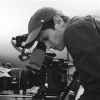
Making an open face look larger
Hayden Mason replied to Arthur Woo's topic in Lighting for Film & Video
Promist in front on the lens will help to make any direct source larger and smooth out any shaping coming from the lens. For example, if a direct source looks like a star unfiltered, with promist you might be able to change that to a larger, less shapely circle. Fog will do something similar but you will need quite a bit of it and that may not be what you want. -
I recently posted this to lighting then realized this may be a better place to pose the question. I'm new to the forum and can't figure out how to delete posts so I apologize for any repetition. Anyways, I recently shot a music video and have run into a bit of an issue with the highlights. One of the hero props on this one was a set of floating, glowing orbs a la John Carpenters "Starman". The characters had them in most scenes. Images attached. I was shooting on a Sony F5 with the Raw recorder. We also had proxies at XAVC 2k going to SXS cards. I rated the camera at 1250 most of the time to lessen noise, but when dealing with extreme highlights went to 2000 to have the most headroom. No LUTS were baked in, and I shot S-LOG2 Both the proxies and the RAW recordings have this issue. It shows up in Sony RAW Viewer and in Premiere CC. It shows up when looking at the RAWs and the SXS XAVC proxies. We decided early on to fly an actual LED light source on strings and do our best to hide the wires (which were also powering the orbs) It turned out great and we were ecstatic on set. Being able to key light with a moving source that was also a prop was amazing. However, when looking closer at the captured footage we found that the banding and pixelation around the orbs was terrible, especially when pushing the exposure towards the dark end. Quick movement seems to accentuate the issue. The odd thing is that the frames themselves seem fine, only when playing back do they look odd. The paused frames are clean of banding and posterization. I figured with 16BIT RAW we would be fine. It was obvious we were clipping the highlights. We tried to do so whenever possible to avoid too much compositing. Most modern digital cinema cameras aren't film....but highlight roll of is quite decent nowadays. What I wasn't expecting was terrible banding and posterization. Here is a clip (prores export, not de-squeezed, Slog) that shows the worst of it. It happens a lot. You have to watch in HD to notice the issue. https://youtu.be/vbKAWkfgCA8 Notice the posterization on the orb as it descends and on his face as it crosses around his back. We had planned to composite a VFX orb over some of the blown white highlights anyways. So, I would imagine that smoothing the banding in post might be an option, but it even shows up on hands and faces that get too close to the clipped highlights, as seen in this clip. I have no idea how to fix this issue. Is it something debearing or reincoding may fix or am I just out of luck? Im no expert, but I assumed the camera would be able to handle some blown highlights. After all, clipping windows, little hot spots, and clouds can look fine on this camera in my experience. All of my research pointed to the ability to wrangle down highlights in post. If anyone has any helpful words it would be most appreciated. Im not the most tech savvy at this point in my career, and even if this project is unfortunately hurt by this issue I would love to know why it happened and how to avoid it in the future. Or if anyone has any pointers towards a fix/workaround. My hope is that is an issue with post processing and not something that the raw recorder or F5 did internally...Like I said, the frames themselves are clear of the issue, it is only when you hit play that the digital garbage appears. Thanks so much for your time!
-
Hello everyone. I recently shot a music video and have run into a bit of an issue with the highlights. One of the hero props on this one was a set of floating, glowing orbs a la John Carpenters "Starman". The characters had them in most scenes. Images attached. I was shooting on a Sony F5 with the Raw recorder. We also had proxies at XAVC 2k going to SXS cards. I rated the camera at 1250 most of the time to lessen noise, but when dealing with extreme highlights went to 2000 to have the most headroom. No LUTS were baked in, and I shot S-LOG2 Both the proxies and the RAW recordings have this issue. It shows up in Sony RAW Viewer and in Premiere CC. It shows up when looking at the RAWs and the SXS XAVC proxies. We decided early on to fly an actual LED light source on strings and do our best to hide the wires (which were also powering the orbs) It turned out great and we were ecstatic on set. Being able to key light with a moving source that was also a prop was amazing. However, when looking closer at the captured footage we found that the banding and pixelation around the orbs was terrible, especially when pushing the exposure towards the dark end. Quick movement seems to accentuate the issue. The odd thing is that the frames themselves seem fine, only when playing back do they look odd. The paused frames are clean of banding and posterization. I figured with 16BIT RAW we would be fine. It was obvious we were clipping the highlights. We tried to do so whenever possible to avoid too much compositing. Most modern digital cinema cameras aren't film....but highlight roll of is quite decent nowadays. What I wasn't expecting was terrible banding and posterization. Here is a clip (prores export, not de-squeezed, Slog) that shows the worst of it. It happens a lot. You have to watch in HD to notice the issue. https://youtu.be/vbKAWkfgCA8 Notice the posterization on the orb as it descends and on his face as it crosses around his back. We had planned to composite a VFX orb over some of the blown white highlights anyways. So, I would imagine that smoothing the banding in post might be an option, but it even shows up on hands and faces that get too close to the clipped highlights, as seen in this clip. I have no idea how to fix this issue. Is it something debearing or reincoding may fix or am I just out of luck? Im no expert, but I assumed the camera would be able to handle some blown highlights. After all, clipping windows, little hot spots, and clouds can look fine on this camera in my experience. All of my research pointed to the ability to wrangle down highlights in post. If anyone has any helpful words it would be most appreciated. Im not the most tech savvy at this point in my career, and even if this project is unfortunately hurt by this issue I would love to know why it happened and how to avoid it in the future. Or if anyone has any pointers towards a fix/workaround. My hope is that is an issue with post processing and not something that the raw recorder or F5 did internally...Like I said, the frames themselves are clear of the issue, it is only when you hit play that the digital garbage appears. Thanks so much for your time!
- 5 replies
-
- special effects
- lighting
-
(and 2 more)
Tagged with:
-

Blue orb effect in 1984's Starman
Hayden Mason replied to Hayden Mason's topic in Visual Effects Cinematography
Also, my scenes will not be in a car. One is outside at night. One is in a bedroom. The orbs are supposed to lift from the hand and float around.- 5 replies
-
- visual effects
- orb
-
(and 4 more)
Tagged with:
-
I have an upcoming project where I've been asked to film floating blue orbs around the talent a la "Starman". My initial thought is to shoot anamorphic, float a battery powered small source on some monofillament, and composite/track over the source with a light aura of sorts (retaining the flare). I think this MIGHT work, but in these examples there are clearly larger sources being used. They also seem to be coming from relatively the same area as the orb itself. Due to the obvious keying/compositing (you can see the black matte lines when watching the film around the actors/windows) I was thinking maybe they keyed out a rod holding the light painted or wrapped in green? That would only really make sense with the shot from behind them. Any attempt to contact the guys who shot these scenes has turned up unsuccessful. Might anyone have a better idea to achieve this effect? Obviously cameras are quite a bit more sensitive now. So, a smaller, dimmer source isn't out of the question. Heres a video link to anyone interested: Camera/lens package has yet to be decided. Thanks!
- 5 replies
-
- visual effects
- orb
-
(and 4 more)
Tagged with:



